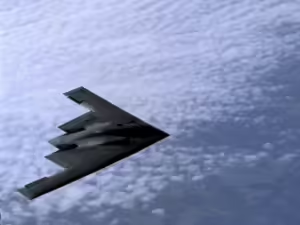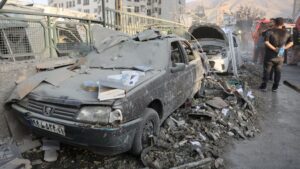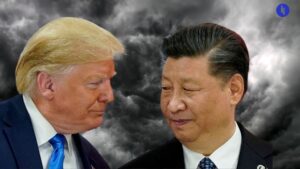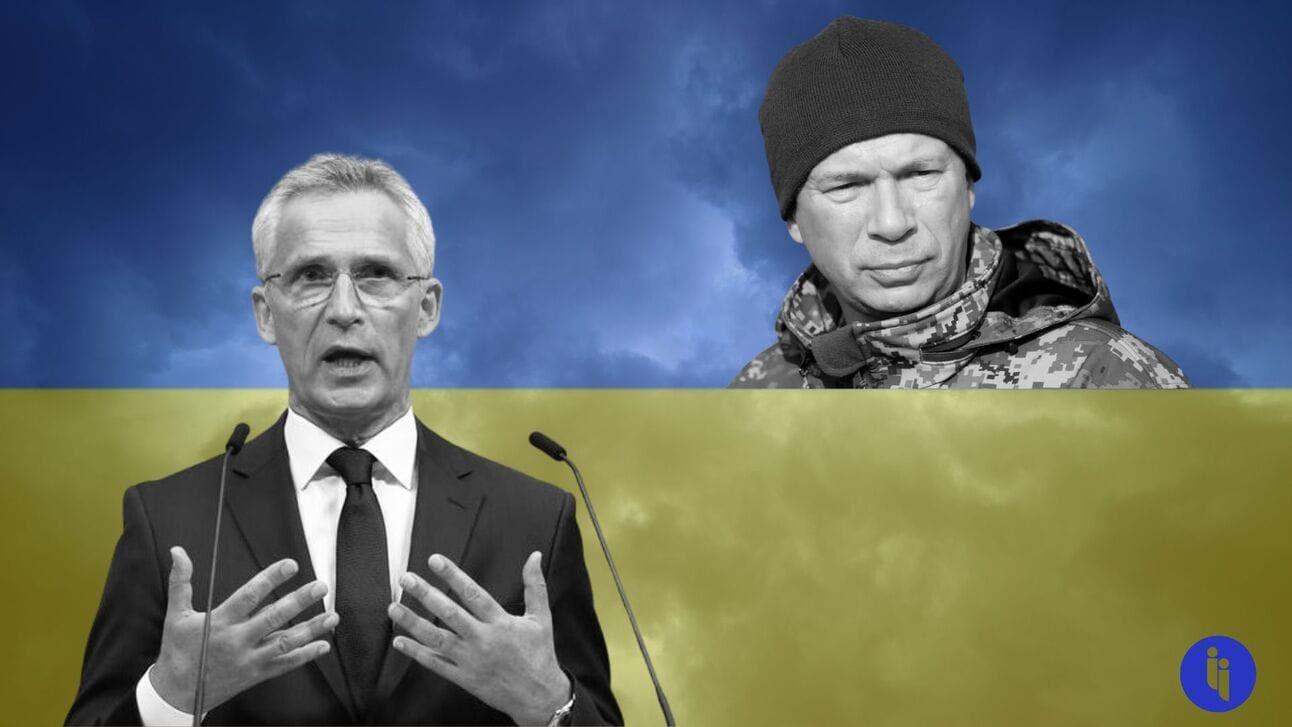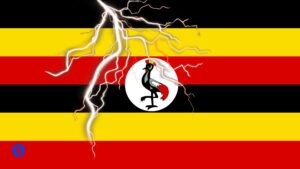NATO Secretary-General Jens Stoltenberg made a surprise appearance in Ukraine on Monday and delivered a key message: “it’s not too late for Ukraine to prevail”. This came just hours after Ukraine’s new-ish military commander in chief, Oleksandr Syrskyi, gave a mixed update from the 1,000km-long front line.
Summarising the state of the battle via Telegram on Sunday, Syrskyi said “the situation at the front has worsened”:
- Russian troops are pressing their current advantage and attacking across “the entire front line”
- That’s forced Ukraine to withdraw from three villages west of Avdiivka, a key town Russian troops captured earlier this year at a staggering cost
- In the South, Russian forces have concentrated their attacks near the towns of Robotyne and Verbove, which Kyiv recaptured last year, and
- Ukrainian troops have managed to advance in the Kherson region, taking control of Nestryha island on the Dnipro River.
Russia is also throwing everything at the town of Chasiv Yar, strategically located atop a hill 10km out of Bakhmut. It’s a key defensive position for Ukraine, with visibility of the surrounding Donetsk. And Moscow has reportedly ordered Russian troops to capture it by May 9, Russia’s WWII victory day. So far, the Russians there look to be taking heavy losses without gains.
Stay on top of your world from inside your inbox.
Subscribe for free today and receive way much more insights.
Trusted by 134,000+ subscribers
No spam. No noise. Unsubscribe any time.
And that’s a neat spot to sum up the overall vibe – Russia may take more villages at high cost in the weeks ahead, but it’s hard to see anything game-changing.
So why is Russia still pushing now? With an eye to political timeframes in both Moscow (May 9) and Washington (November 5), it’s pressing its battlefield advantage while it can (ie, three-to-one in troops, and five-to-one in shells). And this is just as Ukraine’s mud season is drying up, allowing Russia to move heavy machinery as part of an expected offensive over the summer.
But while Russia has advantages, it’s still also bumping up against its own limitations around logistics, training, and morale, curbing its ability to capitalise.
And that’s the context into which Ukraine’s long-promised military aid from allies is now starting to trickle.
What’s Ukraine receiving? Following this month’s historic vote in Congress, a $61B security assistance package is destined for Kyiv, including air defence, land mines, armoured vehicles, artillery and mortar rounds, spare parts, and long-range tactical ballistic missiles.
When’s it arriving? Some of the kit was already pre-positioned nearby, but it still takes time to get it securely into the right hands, particularly given Russia has vowed to target storage depots. Other weapons systems are being contracted to US defence firms and will take months or longer to manufacture.
And will any of this make a difference? Yes. But it’ll take time and will evolve:
- In the immediate term, the assistance will help Ukraine fend off Russian missile and drone attacks on its cities, while holding the frontlines
- That’ll create space for Ukraine to tackle deeper issues, including slow troop recruitment plus inadequate trenching and other frontline defences
- And that in turn will create space for Ukraine to develop a strategy beyond survival, with a view to seizing the initiative.
And what does seizing the initiative look like? It’ll involve more strikes on Russian staging areas in Crimea. It’ll involve more hits on Russia’s long-range strike capabilities. And it’ll involve more strikes on Russia’s broader war machine back home. Once Western-supplied F16s start to arrive around the end of this year, that’ll open up some further options, too.
But this all takes time and comes without any guarantees.
INTRIGUE’S TAKE
Col. Syrskyi must’ve felt a tad nervous hitting ‘send’ on Sunday given his predecessor was effectively fired for labelling the conflict a stalemate last year. Still, that same predecessor’s punishment was to go to London as Ukraine’s ambassador, which is one of the better demotions you’ll ever see.
Against that backdrop, Syrskyi will have coordinated the wording of his update with his president’s office, and it shows: it’s urgent enough for allies to hurry things up, but not so urgent as to nourish allies’ defeatist instincts.
Now, as allied help arrives, it could shift the ‘what’ and ‘how’ of the battlefield, But it’ll also shift something already in Ukraine’s favour: the ‘why’. While Russia has its own motivations, Ukraine is defending its homeland, with international backing.
And as Ukraine continues to resist, it’ll be for Russia’s president to ponder what exactly he’s getting in return for 450,000 casualties and 7% of GDP.
Also worth noting:
- Earlier this month, Ukrainian President Volodymyr Zelensky signed a law to boost troop numbers by lowering the conscription age from 27 to 25. Ukraine’s population is around 38 million, compared to 144 million in Russia.
- The UK announced another $637M in security assistance last week, its largest package to date. Australia announced another $100M in security assistance on Saturday.

